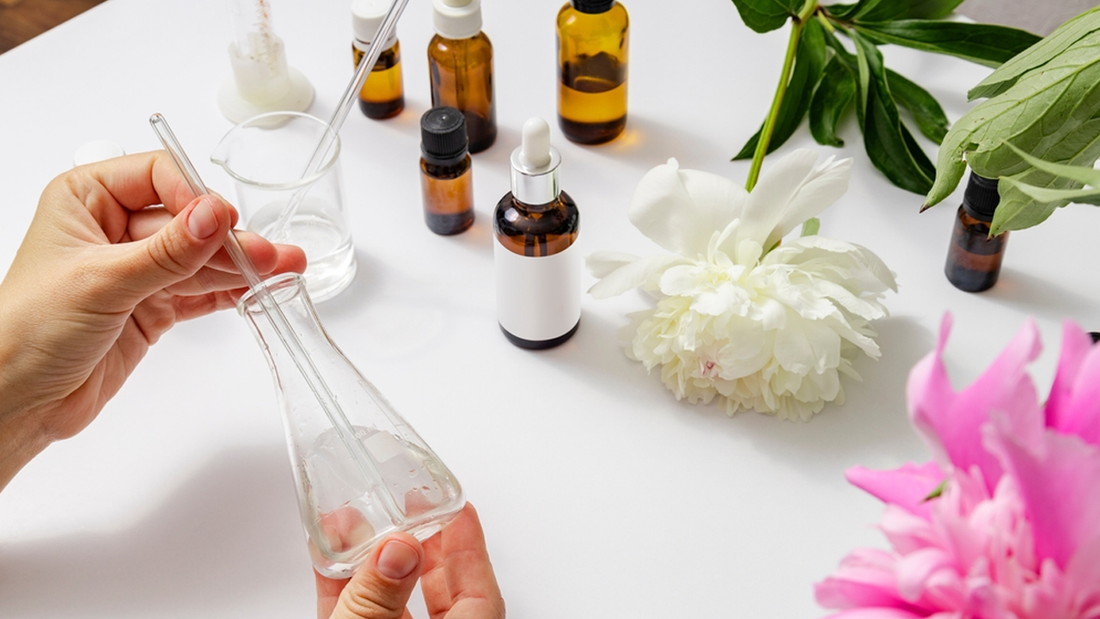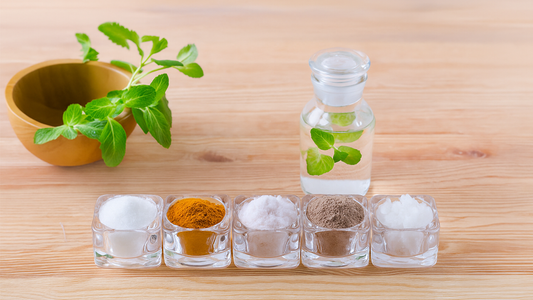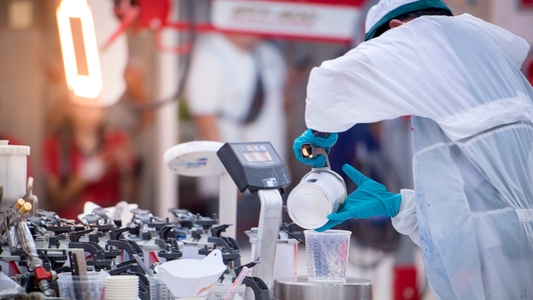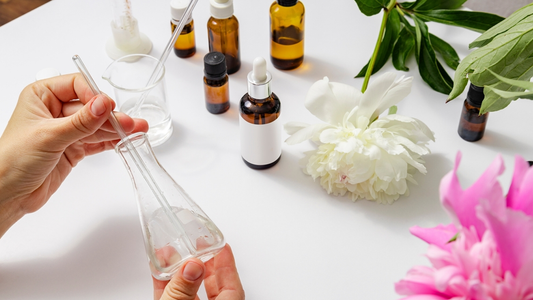Multi-dose drugs need high-quality preservatives to prevent microbial spoilage. Even innocuous ingredients such as distilled water may contain microbes. Conventional preservatives are remarkably effective. However, they come with regulatory and safety challenges. That is why scientists are investigating aroma chemicals. They can have a wide application in preservation and flavour. They can be multi-functional ingredients for better stability and drug protection. The article will explore more possibilities of aroma chemicals to prolong the drug’s shelf life.
Phenolic aromatic preservatives
A few phenolic compounds demonstrate great preservative activity. Thymol and related isomer carvacrol are monoterpenoid phenols. They have a broad-spectrum antimicrobial activity. A recent study validates that thymol "has a pronounced antimicrobial action on all stages of the cycle of development" of spoilage-causing organisms.
Similarly, carvacrol's antimicrobial properties render it a popular preservative within the food industry. Medicinal drugs can also take advantage of their actions. For example, throat lozenges use thymol and eucalyptol for their antiseptic functions.
Eugenol is another phenolic aromatic with high preservative activity. Research points to the strong antibacterial, antifungal, and antioxidant effects of eugenol. It can disrupt microbial cell membranes and free radical scavenging. Eugenol and isomer isoeugenol can also act as cosmetic preservatives. Eugenol may be useful in protecting sensitive drug formulations with the same attributes.
Aromatic aldehyde and other preservatives
Cinnamic aldehyde is the principal component of cinnamon oil. However, even synthetic cinnamaldehyde is famous for its antifungal and antibacterial properties. Studies demonstrate that cinnamaldehyde can inhibit Aspergillus flavus. Due to its α,β-unsaturated aldehyde structure, it can attack microbial cells and inhibit degradation. Topical or oral drug formulations can include synthetic cinnamaldehyde for better preservation.
Derivatives of menthol (e.g. L-menthol) also possess mild antimicrobial properties. It finds application in the stabilisation of some oral or topical formulations. These instances collectively indicate that various synthetic aroma chemicals possess the ability to act as functional preservatives.
Conclusion
The future of modern synthetic aroma chemicals looks quite promising. Innovation has already improved the purity and consistency of aromatic chemicals. Companies can invest in R&D to produce more such chemicals with minimal impurities and environmental impact.
Visit SBBLG if you want to use high-quality aroma chemicals as preservatives. We are a large-scale supplier of aroma chemicals, which can be used as preservatives and flavours in various industries. Contact us via sales@sbblgroup.com to know more about our products.






